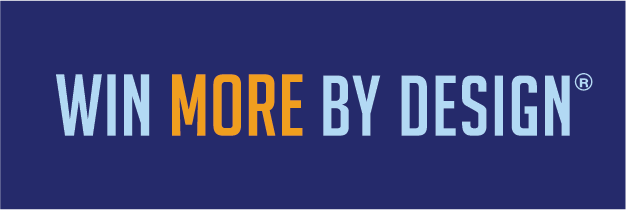You wouldn’t accept a serious medical diagnosis based purely on a doctor’s “gut feeling“, would you? You’d expect tests, scans, objective data to confirm the issue before starting treatment. Yet, when it comes to the health of our businesses, we often rely on exactly that intuition, anecdotal evidence and assumptions to identify problems and decide on solutions.
Moving from reactive ‘Default’ mode to proactive ‘Design’ mode requires a fundamental shift: it starts with seeing your organization’s reality clearly and objectively. Guesswork and gut feel are simply not precise enough to build a winning strategy upon.
Why Objective Diagnosis is Non-Negotiable for ‘Design’:
- Uncovers Hidden Realities: Just like an X-ray reveals fractures invisible to the naked eye, objective diagnosis uncovers the ‘Leakages’ and ‘Barnacles’, the process bottlenecks, communication gaps, strategic misalignments that might not be immediately obvious but are hindering performance.
- Challenges Biases & Assumptions: We all have blind spots. Objective data forces us to confront realities that might contradict our assumptions or long-held beliefs about how things should be working. This is crucial for breaking out of unproductive patterns.
- Pinpoints Root Causes: It’s easy to treat symptoms (e.g., falling sales) without understanding the root cause (e.g., poor employee goal clarity leading to misaligned sales efforts). Objective diagnosis helps trace problems back to their source, enabling more effective solutions.
- Provides a Baseline for Improvement: As the saying often attributed to Lord Kelvin goes, “If you cannot measure it, you cannot improve it.” Objective diagnosis provides a clear starting point, a baseline measurement of your current state against which you can track the progress and impact of your improvement initiatives.
- Builds Alignment and Buy-in: Presenting objective data is far more compelling than relying on opinions when seeking buy-in for change from your team or stakeholders. Shared data fosters shared understanding and focuses on problem-solving.
How Do You Achieve Objective Diagnosis?
It involves moving beyond casual observation and implementing structured, often data-driven methods:
- Process Mapping & Analysis: Objectively charting workflows to identify bottlenecks and inefficiencies.
- Targeted KPIs: Tracking metrics directly linked to strategic goals and operational health.
- Structured Feedback: Utilising systematic employee and customer surveys.
- Comprehensive Assessments: Employing diagnostic tools designed to provide a holistic view of organisational functioning across key dimensions, this, is where tools like the WMBD Organisational Productivity Assessment (OPA) fit in, providing that objective snapshot.
Transitioning to ‘Design’ isn’t about having all the answers immediately; it’s about committing to finding them through objective understanding. Seeing your organisation clearly, warts and all, is the essential first step on the path to Winning More.
Stop guessing about your business health. Start seeing. Discover how objective diagnosis can illuminate your path forward.
#BusinessDiagnosis #DataDriven #Objectivity #Measurement #ContinuousImprovement #WinMoreByDesign

